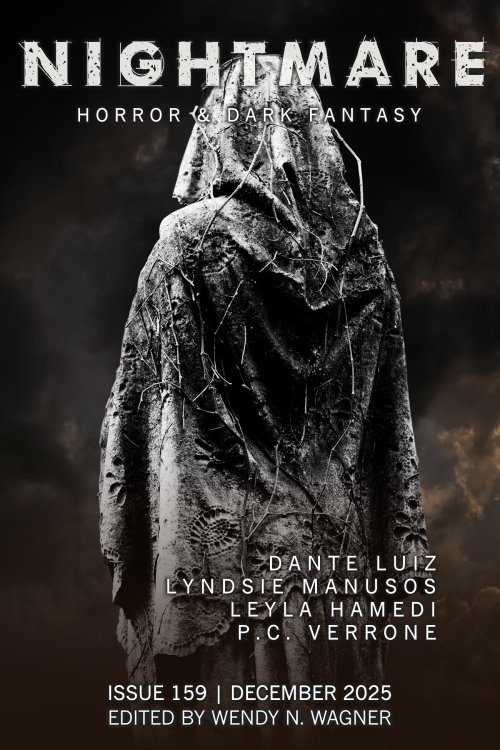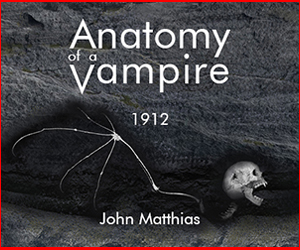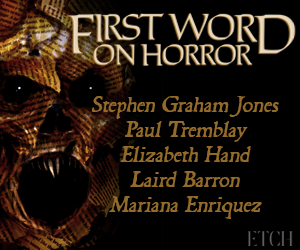Nonfiction
The H Word: It’s Alive!
In 1726, an English woman named Mary Toft became the center of a rather peculiar medical controversy. The pregnant Mary was working in a field with other women when they disturbed a rabbit. It fled from them, and they pursued, but failed to catch it. The incident left such an impression upon Mary that it consumed her thoughts, eventually leading her to miscarry . . . but what emerged from her womb was not a human fetus, but a misshapen rabbit.








